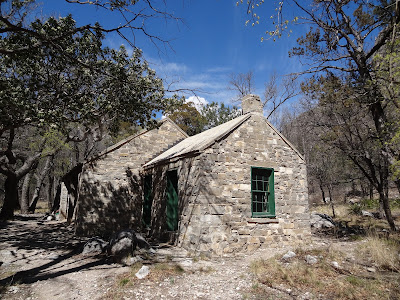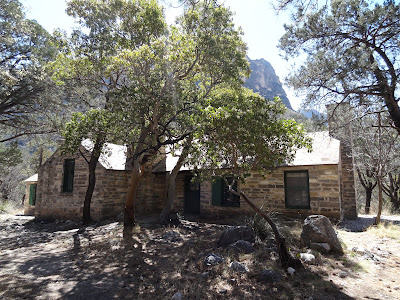Visited: March 2017
Nearby town: El Paso, TX; Carlsbad, NM
In an incredibly lonely corner of West Texas, right along the border with New Mexico, rises the beautiful Guadalupe Mountains. Here you will find Texas' highest peak, Guadalupe Mountain, at 8,749 ft. At the base of these mountains is a unforgiving, inhospitable desert, but at the tops exists another world, a more verdant, forested area known as "The Bowl."
We mostly stuck with the desert in this park, but you can climb to the top of Texas with a long, strenuous 8.4 mile round-trip hike with over a 3,000 ft elevation gain. If that seems a tad arduous, there are plenty of other things to do here. If you love the harsh beauty of the desert, Guadalupe Mountains is the place for you.
There are two main areas to explore in the Park: (1) Guadalupe Peak and El Capitan (this is the main section and most visited, this is where Visitor Center is located and trailhead to The Bowl and Guadalupe Peak) and (2) McKittrick Canyon (this is only open during the day, no overnight camping). There is a third area: Dog Canyon, that is very isolated and only accessed by heading south from New Mexico.
We went to McKittrick Canyon first. In the early 1920s, a geologist and oil man, Wallace Pratt, visited this area and fell in love with the place. He purchased most of the land and built a home here that served as his retreat during the hot summer months. Pratt later donated the land to the government that led to creation of the Park in 1972. The McKittrick Canyon Trail is very popular during the fall (to see the changing colors). The entire trail climbs all the way to the Ridge at 7,716 ft and is 7.8 miles. If you want though, it's only 2.4 miles to the Pratt Cabin.
The trail starts out running along a creek bed, the only year-round stream in the Park.
After a few miles, you get to the Cabin.
If you want you can return to your car, but do yourself a favor and go about another mile down the trail to see the Grotto. It's a cool little cave. From there you can continue all the way up to the Ridge. But we turned around.
 |
| I called this Mike Wazowski Mountain...do you see it? |
At the main visitor center, you can see the very prominent El Capitan. At 8,085 ft.
We checked out Frijole Ranch. Built by the Rader Brothers in 1876, this was the first permanent home built in the area. It served as the original visitor center of the National Park. They have a small museum and a small nature hike.
Check out the ruins of the Pinery Station. This served as a stop along the Butterfield Overland Mail Trail. This was a stagecoach service that operated from 1857-1861 offering transport from either St. Louis or Memphis to San Francisco, taking a much more southern route than the Pony Express.
The other trail we took was Devil's Hall. This is a 4.2 mile trail that goes through a dry riverbed to a narrow canyon. It's an ok hike. The destination is pretty cool, but going through all the boulders in the dry riverbed was pretty monotonous and tiring.
 |
| notice the small arch on the right |
 |
| this tree is doing the splits |
Don't be afraid of this obstacle. You have to maneuver over these narrow natural stone steps. Going up is a lot easier than going down them.
Just over the steps, you get to the Devil's Hall.
 |
| Just got down the steps, I went down on my butt. |
I love the desert. Make sure to pair your visit here with Carlsbad Caverns National Park in New Mexico. It's only about 30 miles further down the road. Guadalupe Mountains can easily be visited in a day, but you might want to devote two days to do the main region and McKittrick Canyon. Next time we go we'll have to tackle Texas's highest peak. Entrance fee is $5 per person. More info here: https://www.nps.gov/gumo/index.htm































































